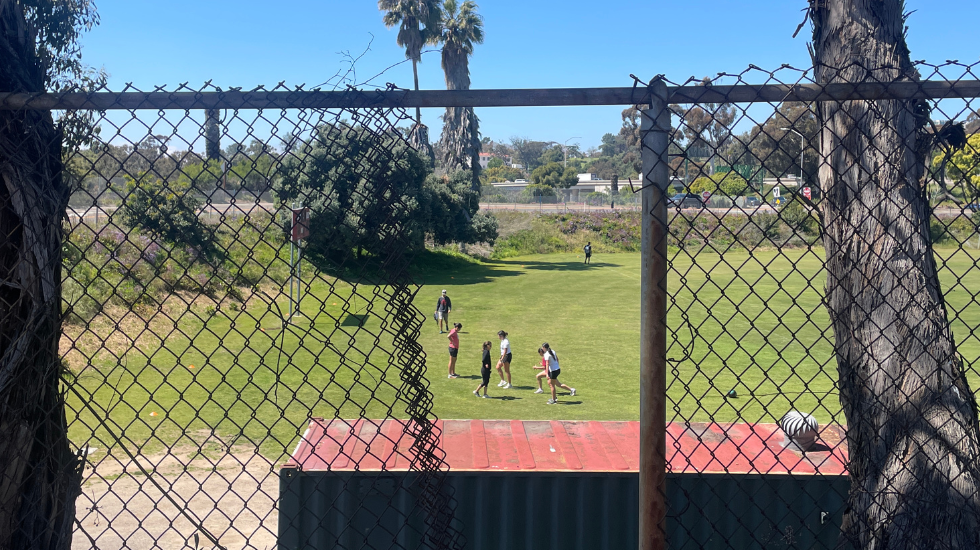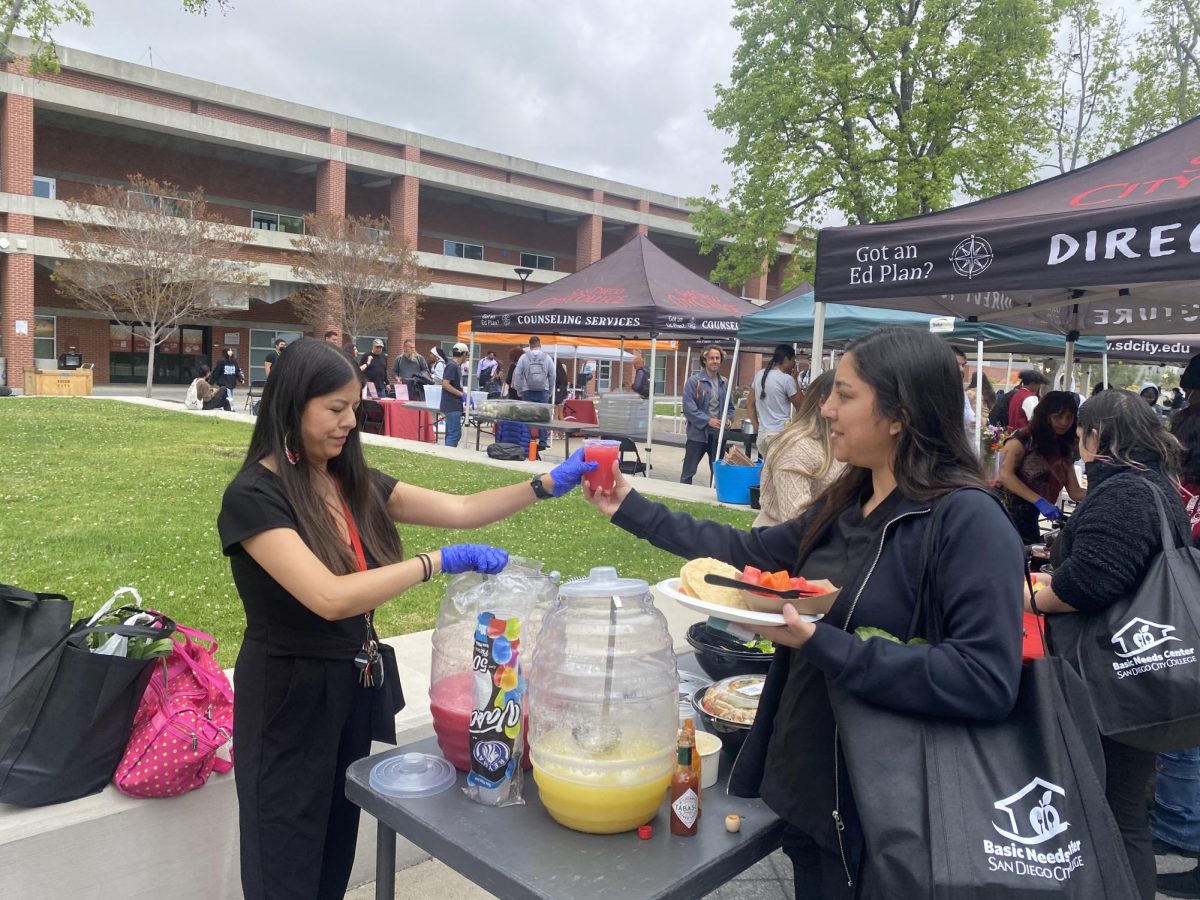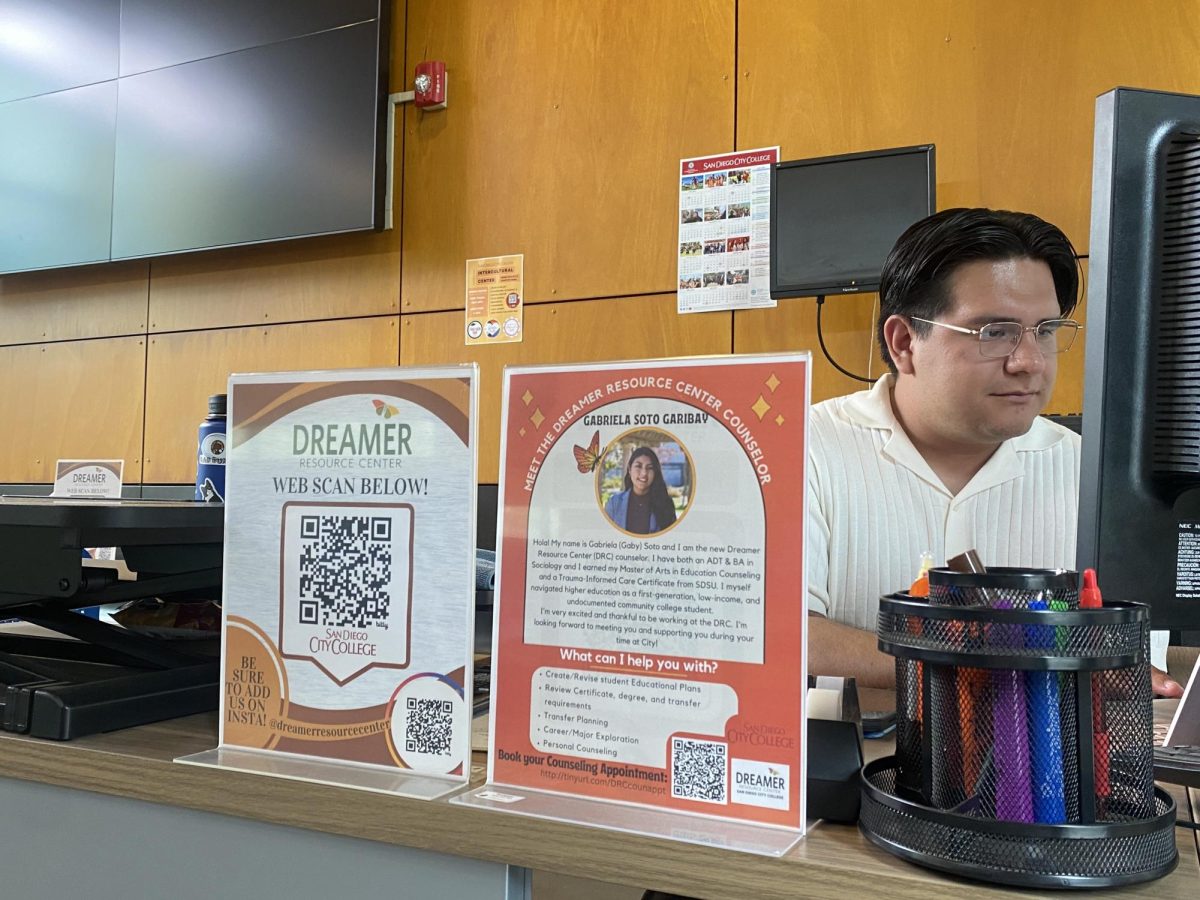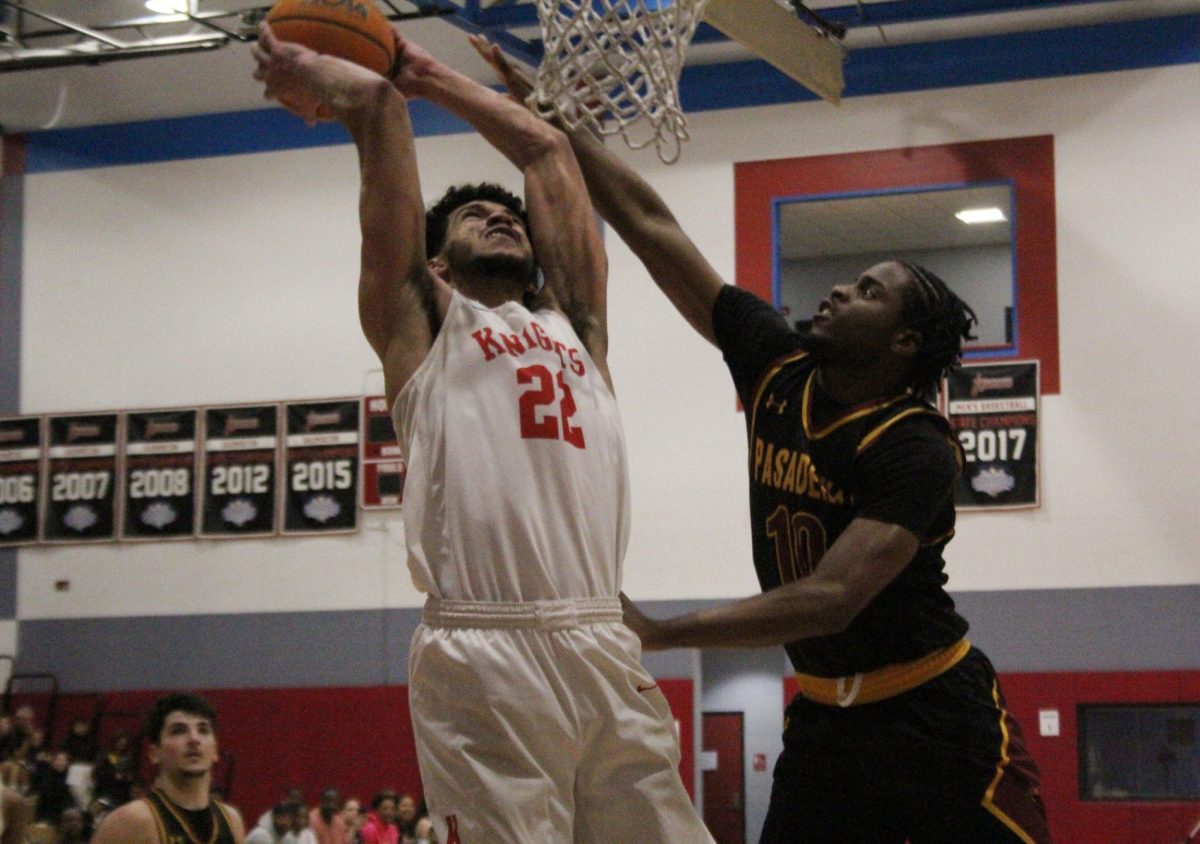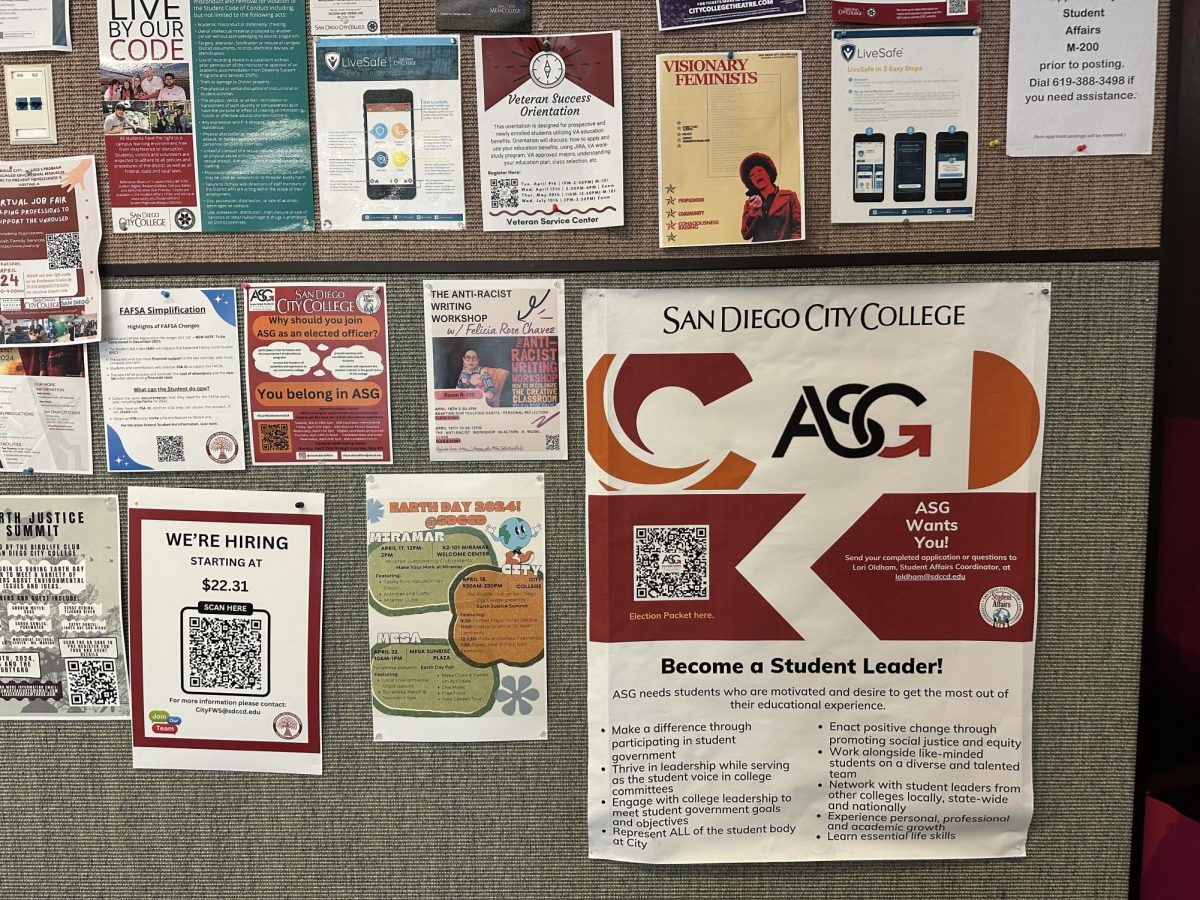Shevaun Brandom
City Times
Many people nationwide are uninsured, and students are a significant portion of that population.
Expensive health care is just one of the problems that face uninsured students and other uninsured, but there are health insurance options.
According to Aetna, a health care benefits company, there are over 45 million Americans that lack health insurance.
Aetna indicates that college students make up 10 percent of the uninsured nationwide. In 2003, The Chickering Group, a student health care advocate, reported that 38 percent of students between the ages of 23-24 are uninsured.
California has one of the largest uninsured populations in the nation. Governor Arnold Schwarzenegger, in his Jan. 2007 press release, stated that 6.5 million Californians were uninsured for at least part of the year.
Many colleges and universities now require students to carry health insurance. University of California (UC) students are required to either pay the university health fee or to prove that they have private health insurance. With few exceptions, a state mandate requires all community colleges students to pay a health fee in which coverage varies school to school.
At San Diego City College many medical services, including office visits, are provided free of charge. Other services are available at nominal or reduced charges. This is a health service, not health insurance. Unless it’s an accident that occurs on campus, any injury or illness that cannot be treated by student health services is not covered. For more information, visit Student Health Service at room A-116 or call (619) 388-3450.
Lack of health insurance is expensive for everyone. “More than 60 emergency rooms have closed over the past decade because they didn’t want to keep treating people without insurance. Unpaid medical bills mean billions of dollars in hidden taxes for the rest of us because those services all have to be paid for. So we pay higher deductibles, costs for treatment, premiums and co-pays,” Governor Schwarzenegger said in a 2007 press release.
Health care is also expensive for the uninsured. According to Tonik, a health insurance option directed to a younger crowd, the average hospital stay is $7,175 per day. Also, the same treatments frequently cost more for the uninsured than insurance companies pay for their insured clients.
“. Hospital services were often 2.5 times what most health insurers actually paid and more than three times the hospital’s Medicare-allowable costs. The gaps between rates charged to self-pay patients and those charged to other payers are much wider than they were in the mid-1980s,” wrote Gerard F. Anderson, Professor at Johns Hopkins University Bloomberg School Public Health, in a June 2007 Health Affair article.
The uninsured often don’t seek medical help early, which can lead to more serious, and more expensive, complications.
A 2008 American Cancer Society article states, “Uninsured or Medicaid-insured patients are far more likely to be diagnosed with an advanced stage cancer than those with private insurance, according to a new American Cancer Society study of 3.5 million cancer patients with 12 of the most common cancer types. What’s more, many of those advanced cancers were types that could have been detected early through proper screening.”
Furthermore, pre-existing conditions can lead to problems for the uninsured when seeking health insurance. According to CalHealth.net at Goodacre Insurance Services, “.a carrier can increase your rates or decline/defer coverage altogether based on your pre-existing conditions.”
These troubles can affect an uninsured student’s ability to stay in school.
“Unanticipated health care expenses can easily derail a student’s college career and deferred care can have the same or worse out come,” Dr. Ralph Manchester, president of the American College Health Association, said in the publication Spectrum.
A Sept. 2000 release from the UC Office of the President stated that an estimated 25 percent of students who dropped out did so for medical reasons and a significant number of those were linked to underinsurance.
There are options for students to get health care insurance. Many students may be eligible for coverage under their parent’s plan. Often these plans have age restrictions. Being aware of age cut-offs can allow students to find new coverage and prevent a lapse in insurance coverage. Lapse in coverage can become a key issue when there are pre-existing conditions.
Several insurance companies have relatively low-cost plans that cover major medical expenses. Tonik targets the young and healthy, offering relatively low-cost health plans. At Tonik, $87 a month can purchase a plan that limits the plan holder’s yearly medical expenses to $3,000. Coverage and costs very greatly between insurance plans.
Students planning on attending a UC campus can purchase coverage through the university. Each university sets its own health fee. According to the 2007-2008 Governor’s budget, UC undergraduate students pay $878 on average for health care.

